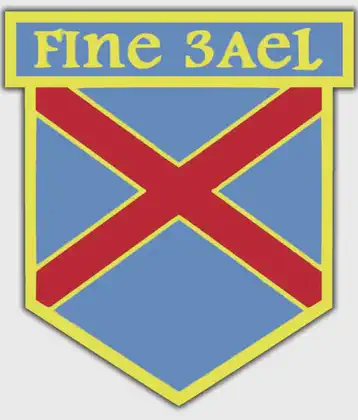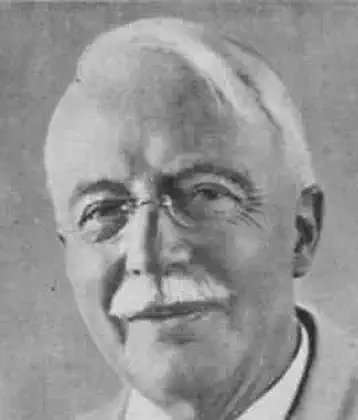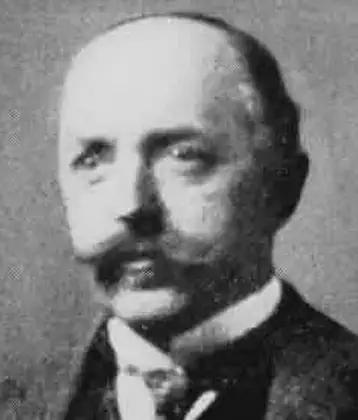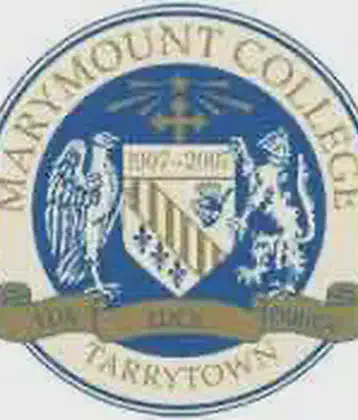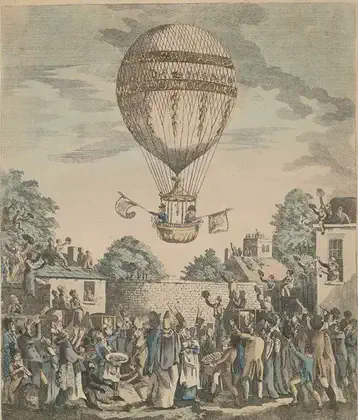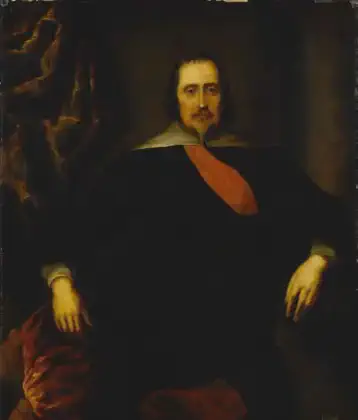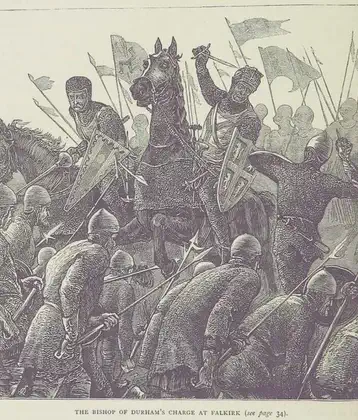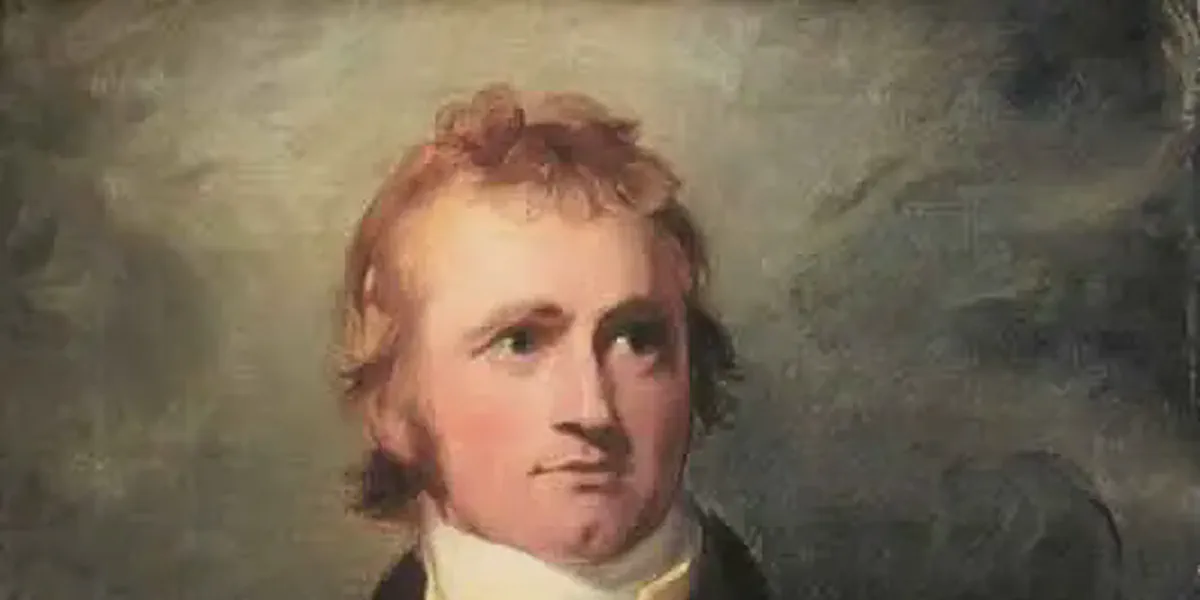
Sir Alexander Mackenzie (or MacKenzie, Scottish Gaelic: Alasdair MacCoinnich; c. 1764 – 12 March 1820) was a Scottish explorer known for accomplishing the first crossing of America north of Mexico in 1793, which preceded the Lewis and Clark Expedition by 12 years.
The Mackenzie River is named after him.
Mackenzie was born in House in Stornoway in Lewis.
He was the third of the four children born to Kenneth ‘Corc’ Mackenzie (1731–1780) and his wife Isabella MacIver, from another prominent mercantile family in Stornoway.
When only 14 years old, Mackenzie’s father served as an ensign to protect Stornoway during the Jacobite rising of 1745.
He later became a merchant and held the tack of Melbost; his grandfather being a younger brother of Murdoch Mackenzie, 6th Laird of Fairburn
Educated at the same school as Colin Mackenzie, the army officer and first Surveyor General of India, he sailed to New York City with his father to join an uncle, John Mackenzie, in 1774, after his mother died in Scotland.
In 1776, during the American War of Independence, his father and uncle resumed their military duties and joined the King’s Royal Regiment of New York as lieutenants. By 1778, for his safety as a son of loyalists, young Mackenzie was sent, or went accompanied by two aunts, to Montreal.
By 1779 (a year before his father’s death at Carleton Island), Mackenzie had a secured apprenticeship with Finlay, Gregory & Co., one of the most influential fur trading companies in Montreal, which was later administered by Archibald Norman McLeod. In 1787, the company merged with the North West Company.
1793
Mackenzie left Fort Fork on 9 May 1793, following the route of the Peace River.
He crossed the Great Divide and found the upper reaches of the Fraser River, but was warned by the local natives that the Fraser Canyon to the south was unnavigable and populated by belligerent tribes.
He was instead directed to follow a grease trail by ascending the West Road River, crossing over the Coast Mountains and descending the Bella Coola River to the sea. He followed this advice and reached the Pacific coast on 22 July 1793, at Bella Coola, British Columbia, on North Bentinck Arm, an inlet of the Pacific Ocean.
Having done this, he had completed the first recorded transcontinental crossing of North America north of Mexico, 12 years before Lewis and Clark.
He had unknowingly missed meeting George Vancouver at Bella Coola by 48 days.
More From This Day
